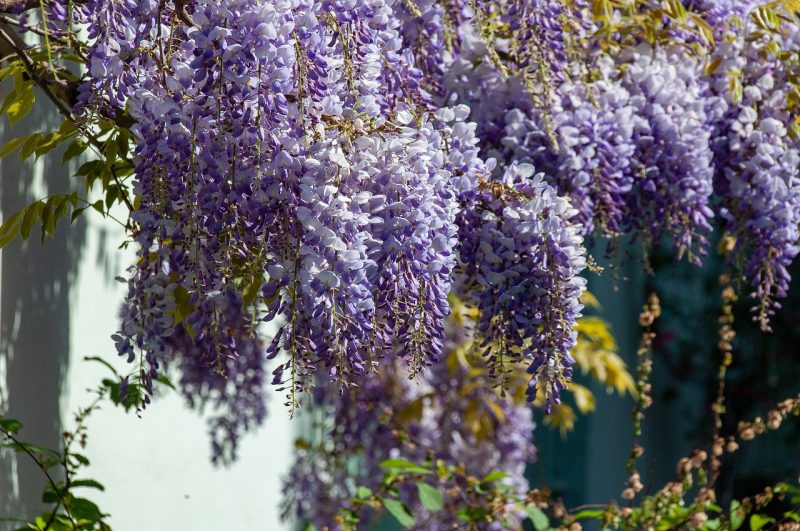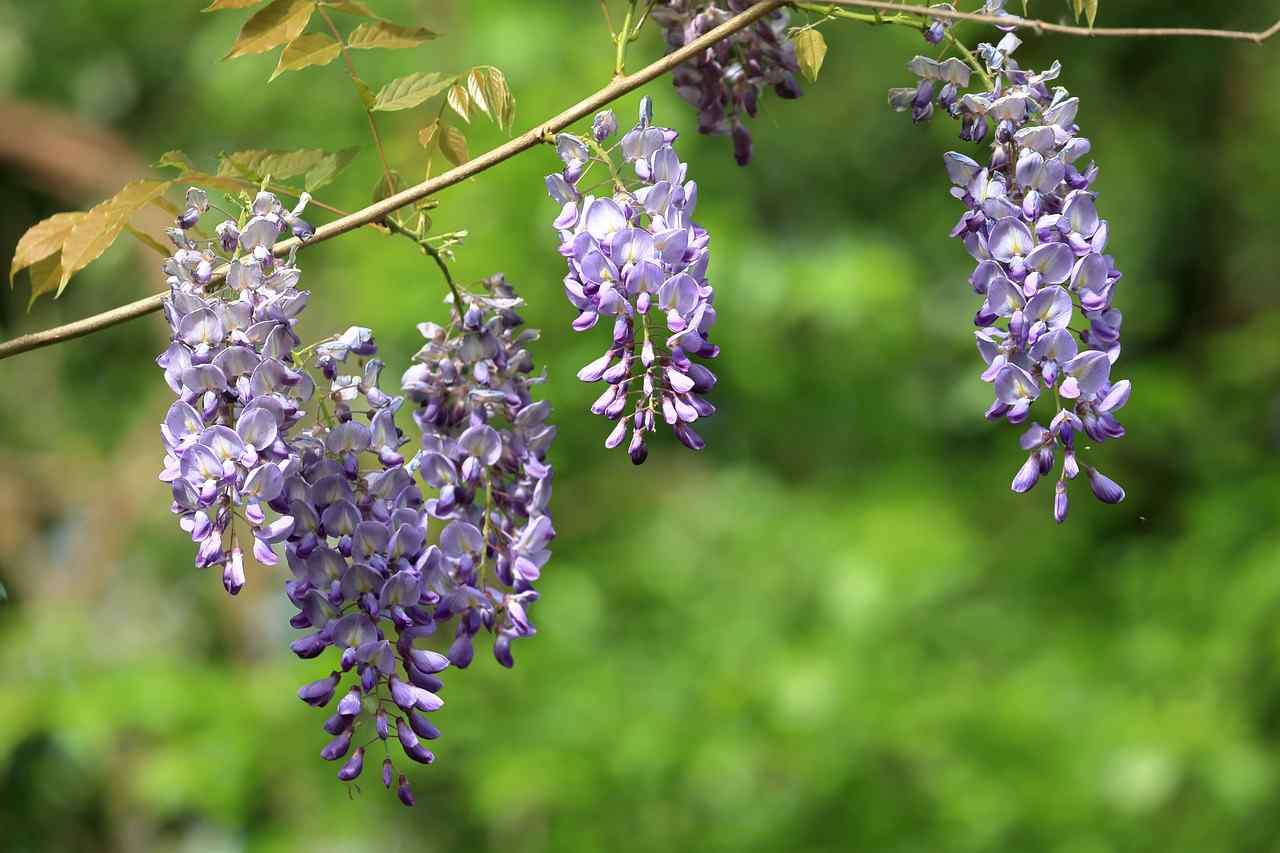This guide will provide you with all the necessary steps to ensure success in propagating this timeless plant.
Understanding Wisteria

Wisteria is a vigorous, deciduous climbing vine that can grow up to 30 feet long. Native to Asia and North America, it thrives in warm climates and can also adapt to colder environments with proper care. The most common varieties include Chinese wisteria (Wisteria sinensis) and Japanese wisteria (Wisteria floribunda), both known for their long, drooping clusters of flowers.
Propagation Methods for Wisteria
There are several methods to propagate wisteria: from seeds, cuttings, layering, and grafting. Each method has its pros and cons, but cuttings and layering are the most effective ways for amateur gardeners to propagate wisteria successfully.
1. Propagating Wisteria from Cuttings
Materials Needed:
Sharp pruning shears
Pot with drainage holes
Potting soil or a seed-starting mix
Clear plastic bag or humidity dome
Water
Steps:
Take Cuttings: In late spring or early summer, select healthy, young stems from an established wisteria plant. Aim for cuttings that are about 6 to 8 inches long and take them just below a leaf node.
Prepare the Cuttings: Remove the leaves from the bottom half of the cutting to prevent rot, leaving 2-3 leaves at the top. You may also cut the remaining leaves in half to reduce moisture loss.
Rooting Hormone (Optional): Dip the cut end of the cutting in rooting hormone to encourage root development, although this step isn’t strictly necessary.
Plant the Cuttings: Fill the pot with potting soil, making sure it is moist but not soggy. Insert the cuttings into the soil, burying them about 2-3 inches deep. Firm the soil around the base to ensure stability.
Create a Humid Environment: Cover the pot with a clear plastic bag or place it under a humidity dome to maintain moisture levels. This will help the cuttings establish roots.
Provide Proper Care: Place the pot in a warm, bright location but out of direct sunlight. Check the soil regularly and mist the cuttings to keep the humidity high. After about 4-6 weeks, you should start to see new growth, indicating that roots have developed.
Transplanting: Once the cuttings are well-rooted and have new growth, transplant them into individual pots or directly into the garden.
2. Propagating Wisteria by Layering
Layering is another effective method for propagating wisteria, and it allows the new plant to stay connected to the parent plant while developing roots.
Steps:
Choose a Low Branch: Select a long, flexible branch from the parent wisteria that is close to the ground.
Wound the Branch: About a foot from the tip, make a small cut or scrape the bark to expose the inner layer, which will encourage root growth.
Bury the Branch: Bend the branch down to the soil and bury the wounded section in soil, leaving the tip exposed. You can use a rock or a U-shaped pin to keep the branch in place.
Watering: Keep the soil moist and wait for the roots to develop. This process can take several months.
Severing the New Plant: Once roots are established, cut the branch from the parent plant and transplant it to a new location.
Tips for Successful Propagation
Timing Matters: The best time to propagate wisteria is in the spring or early summer when the plant is actively growing.
High Humidity: Wisteria thrives in humid conditions, especially during the rooting process. Maintain high humidity levels to promote root development.
Patience is Key: Rooting can take time. Regardless of the method you choose, be patient and provide the best care to ensure success.
Common Problems and Solutions
Fungal Issues: Keep an eye out for mold or fungus on cuttings, especially in high humidity. Ensure proper air circulation and remove any damaged cuttings.
Poor Root Development: If cuttings aren’t rooting, check the moisture level of the soil and ensure that the plant isn’t receiving direct sunlight.





